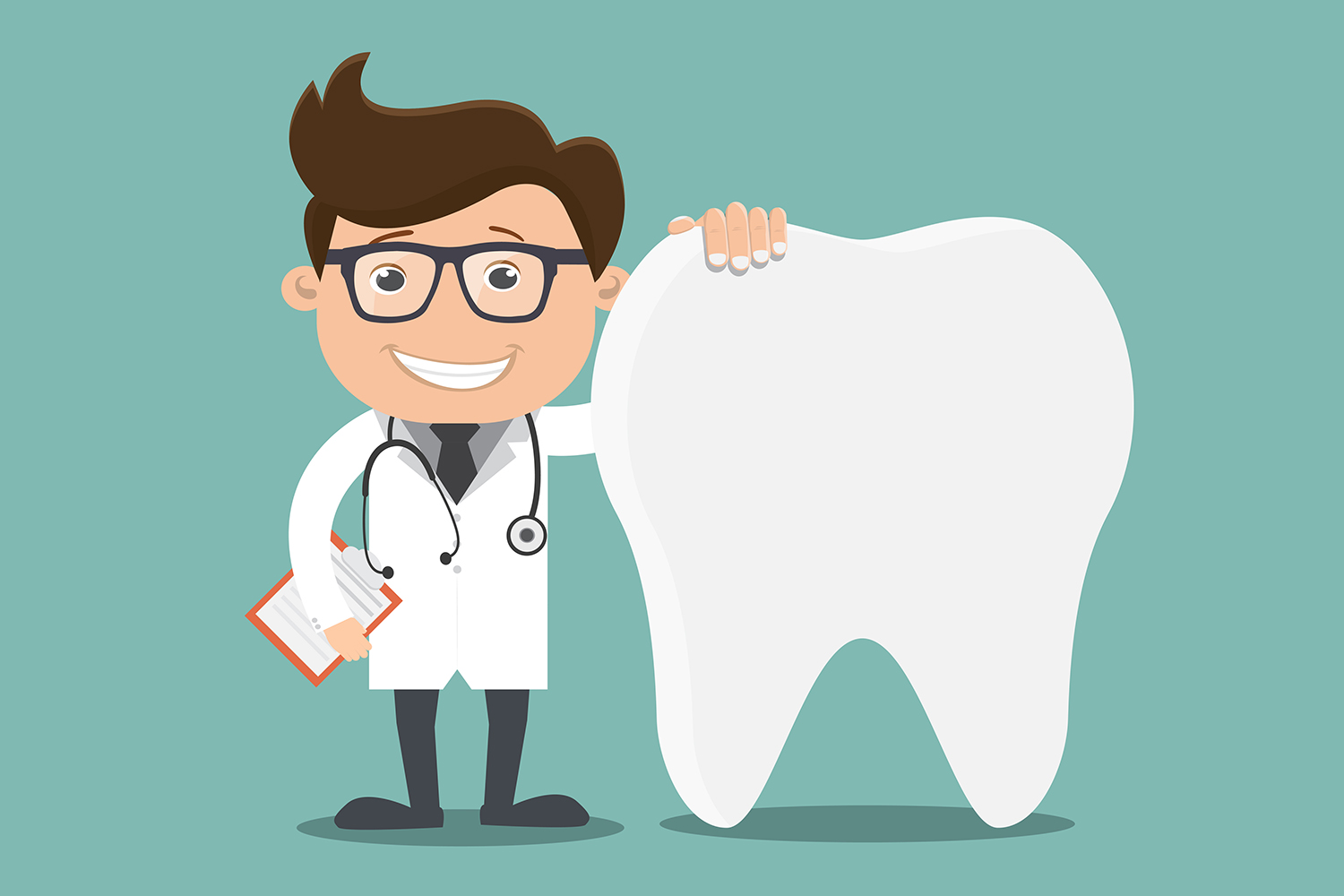Learn the Top Dentist Eugene Oregon Homeowners Recommend for Exceptional Treatment
Learn the Top Dentist Eugene Oregon Homeowners Recommend for Exceptional Treatment
Blog Article
Discover Common Dental Problems That Dentists Can Treat Properly
Dental health and wellness is a vital element of general well-being, yet typical problems such as dental caries, gum tissue illness, tooth degeneration, tooth sensitivity, and misaligned teeth commonly go neglected. Each of these conditions can considerably influence not only dental health and wellness yet also daily comfort and confidence. Advancements in oral treatment have made it possible for dental professionals to deal with these problems properly via various treatments. From regular cleanings and dental fillings to orthodontic treatments, the remedies readily available today are both thorough and obtainable. What are the details therapies readily available, and how can they recover ideal oral wellness?
Cavities
Cavities, additionally referred to as tooth decays, are among the most prevalent dental issues impacting people of every ages. They occur when the enamel, the hard outer surface of the teeth, is worn down by acids produced by germs in the mouth. These germs flourish on sugars and starches from food and beverages, creating a sticky film called plaque that abides by the teeth - dentist eugene oregon. Over time, the acids in plaque can create little openings or holes in the enamel, leading to dental caries.

Safety nets are critical in combating cavities. These include keeping great oral health methods such as regular brushing with fluoride toothpaste, flossing, minimizing sugar consumption, and participating in routine oral check outs. By adhering to these techniques, people can substantially reduce their risk of establishing tooth cavities and maintain optimal oral health and wellness.
Periodontal Illness
Gum tissue disease, additionally called gum condition, is a prevalent problem that impacts the tissues surrounding and sustaining the teeth. It largely occurs because of the buildup of plaque, a sticky film of bacteria that forms on the teeth. Otherwise removed with normal cleaning and flossing, plaque can solidify into tartar, which can just be gotten rid of by an oral expert.
At this phase, the condition is commonly relatively easy to fix with proper oral health and professional dental cleanings. If left without treatment, gingivitis can progress to periodontitis, a more severe type that can lead to loss of the bone that supports the teeth.
Periodontitis involves much deeper infection and swelling of the gums, causing the periodontals to pull away from the teeth and form pockets that can end up being contaminated. Routine dental examinations are important for early discovery and effective administration of periodontal illness.
Tooth Decay
Dental cavity, a widespread oral problem, shows up when the tough surface area of the tooth, recognized as enamel, is harmed by acids created by microorganisms in plaque. This process begins when sugary and starchy foods are eaten, supplying a breeding place for microorganisms. These microorganisms metabolize the sugars to generate acids, which consequently erode the enamel, leading to tooth cavities.
Originally, tooth decay could be asymptomatic, yet as it progresses, it can result in visible holes or pits in the teeth, tooth pain, and level of sensitivity to hot, chilly, or pleasant substances (eugene dentist). If left without treatment, the degeneration can permeate deeper layers of the tooth, reaching the dentin and eventually the pulp, triggering extreme pain and potentially causing infections or abscesses
Very early intervention is crucial for ideal outcomes, making routine oral examinations essential for recognizing and attending to imbalance issues immediately. Through individualized therapy strategies, dentists can efficiently bring back both the capability and look of a client's smile.
Final Thought
In recap, addressing common dental issues such as dental caries, gum illness, dental cavity, tooth level of sensitivity, and misaligned teeth is critical for keeping oral health and wellness and performance. Dental experts are outfitted to detect and deal with these concerns properly with various interventions, including fillings, cleansings, orthodontics, and preventative treatment. Suitable and timely therapy can reduce the risks connected with these dental troubles, consequently boosting general dental health and wellness and top quality of life.
Dental health is a critical aspect of total wellness, yet usual concerns such as dental caries, periodontal illness, tooth degeneration, tooth sensitivity, and misaligned teeth frequently go unattended.Tooth decay, a common dental problem, try this web-site materializes when the tough surface area of the tooth, understood as enamel, is harmed by acids Go Here generated by microorganisms in plaque. Precautionary steps such as routine oral examinations, excellent oral health techniques, and a well balanced diet are vital in reducing the danger of tooth degeneration.
Common aspects consist of enamel disintegration due to aggressive cleaning, acidic food usage, or dental conditions such as gum economic downturn and tooth decay.In recap, addressing typical oral issues such as tooth cavities, periodontal disease, tooth decay, tooth level of sensitivity, and misaligned teeth is important for keeping oral health and wellness and functionality.
Report this page